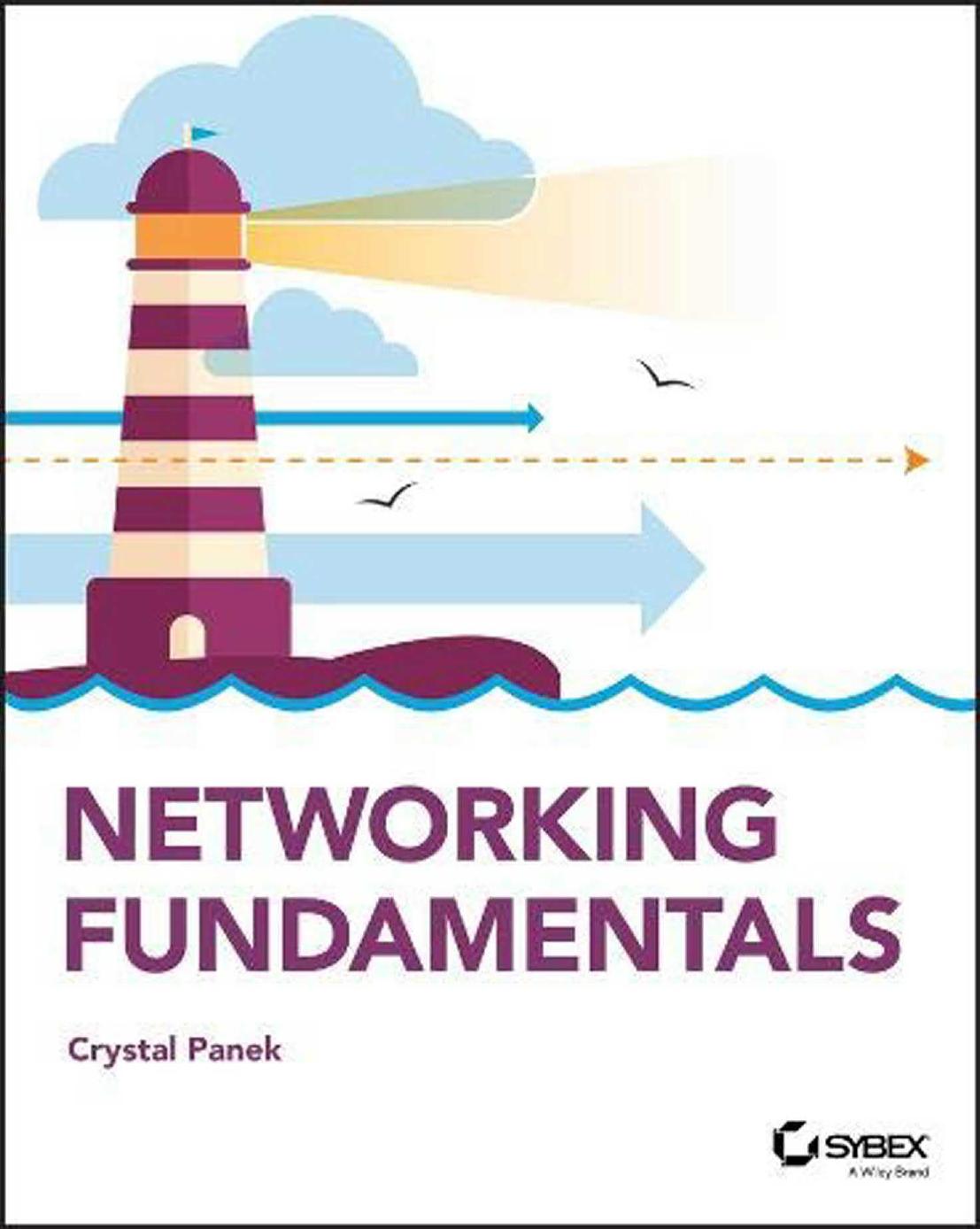Networking Fundamentals by Crystal Panek

Author:Crystal Panek [Panek, Crystal]
Language: eng
Format: epub, pdf
ISBN: 9781119650690
Publisher: Wiley
Published: 2018-10-18T16:00:00+00:00
Skill Summary
In this lesson, you learned:
Internet Protocol version 4, or IPv4, is the most frequently used communications protocol. IP resides on the Network layer of the OSI model, and IP addresses consist of four numbers, each between 0 and 255. The protocol suite is built into most operating systems and is used by most Internet connections in the United States and many other countries.
The IPv4 classification system is known as the classful network architecture and is broken down into five sections, three of which are commonly used by hosts on networks; these are Classes A, B, and C.
To complete an IP configuration, you need a default gateway address and a DNS server address. This helps the client computers access the Internet.
Network Address Translation (NAT) is the process of modifying an IP address while it is in transit across a router, computer, or similar device. This is usually so one larger address space (private) can be remapped to another address space, or remapped to a single, public IP address.
One of the reasons for having a subnet mask is to have the ability to create subnetworks logically by IP address. It is a subdivision of your logical IP network and host IDs. Subnetting is the act of dividing a network into smaller, logical subnetworks.
Classless interdomain routing (CIDR) is a way of allocating IP addresses and routing Internet Protocol packets. It was intended to replace the prior classful IP addressing architecture in an attempt to slow the exhaustion of IPv4 addresses.
Classless interdomain routing is based on variable-length subnet masking (VLSM), which allows a network to be divided into different-sized subnets and make an IP network that would have previously been considered a class (such as Class A) appear to look like Class B or Class C.
IPv6 is the new generation of IP addressing for the Internet, but it can also be used in small office networks and home networks. It was designed to meet the limitations of IPv4 address space and security.
The transition from IPv4 to IPv6 is expected to take several more years. In the meantime, expect to see a mix of IPv4, IPv4/IPv6 (dual stack), and IPv6-only networks. To help with the transition from IPv4 to IPv6, several methods were developed, including Teredo and Intra-Site Automatic Tunnel Addressing Protocol (ISATAP).
Download
This site does not store any files on its server. We only index and link to content provided by other sites. Please contact the content providers to delete copyright contents if any and email us, we'll remove relevant links or contents immediately.
Kotlin in Action by Dmitry Jemerov(17185)
Grails in Action by Glen Smith Peter Ledbrook(15390)
Sass and Compass in Action by Wynn Netherland Nathan Weizenbaum Chris Eppstein Brandon Mathis(13266)
Azure Containers Explained by Wesley Haakman & Richard Hooper(7499)
Configuring Windows Server Hybrid Advanced Services Exam Ref AZ-801 by Chris Gill(7497)
Running Windows Containers on AWS by Marcio Morales(7054)
Microsoft 365 Identity and Services Exam Guide MS-100 by Aaron Guilmette(5435)
Microsoft Cybersecurity Architect Exam Ref SC-100 by Dwayne Natwick(5272)
Combating Crime on the Dark Web by Nearchos Nearchou(5018)
The Ruby Workshop by Akshat Paul Peter Philips Dániel Szabó and Cheyne Wallace(4701)
Management Strategies for the Cloud Revolution: How Cloud Computing Is Transforming Business and Why You Can't Afford to Be Left Behind by Charles Babcock(4548)
Python for Security and Networking - Third Edition by José Manuel Ortega(4274)
The Age of Surveillance Capitalism by Shoshana Zuboff(4250)
Learn Wireshark by Lisa Bock(4176)
Learn Windows PowerShell in a Month of Lunches by Don Jones(4069)
The Ultimate Docker Container Book by Schenker Gabriel N.;(3920)
Ember.js in Action by Joachim Haagen Skeie(3661)
DevSecOps in Practice with VMware Tanzu by Parth Pandit & Robert Hardt(3612)
Windows Ransomware Detection and Protection by Marius Sandbu(3578)
